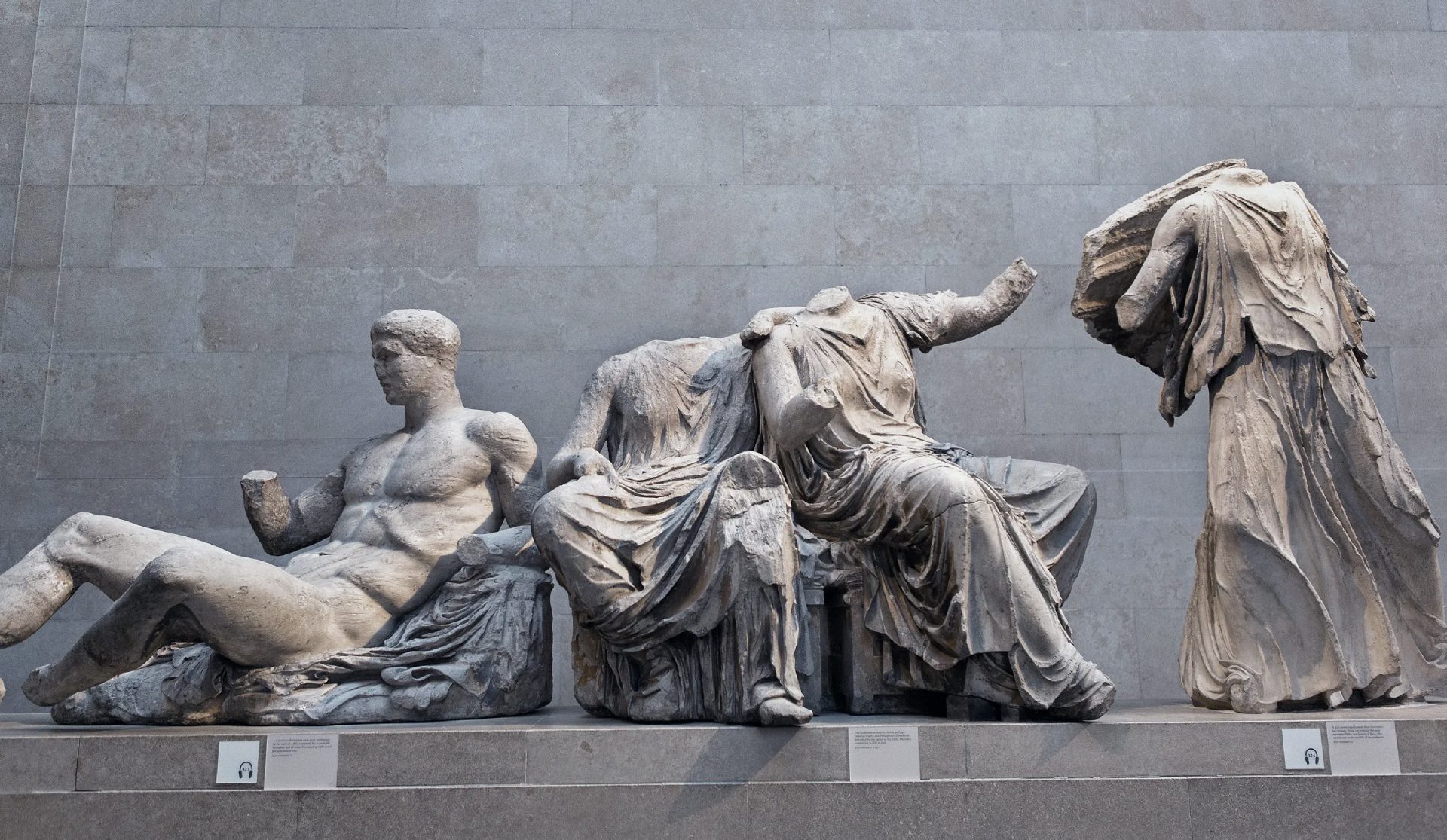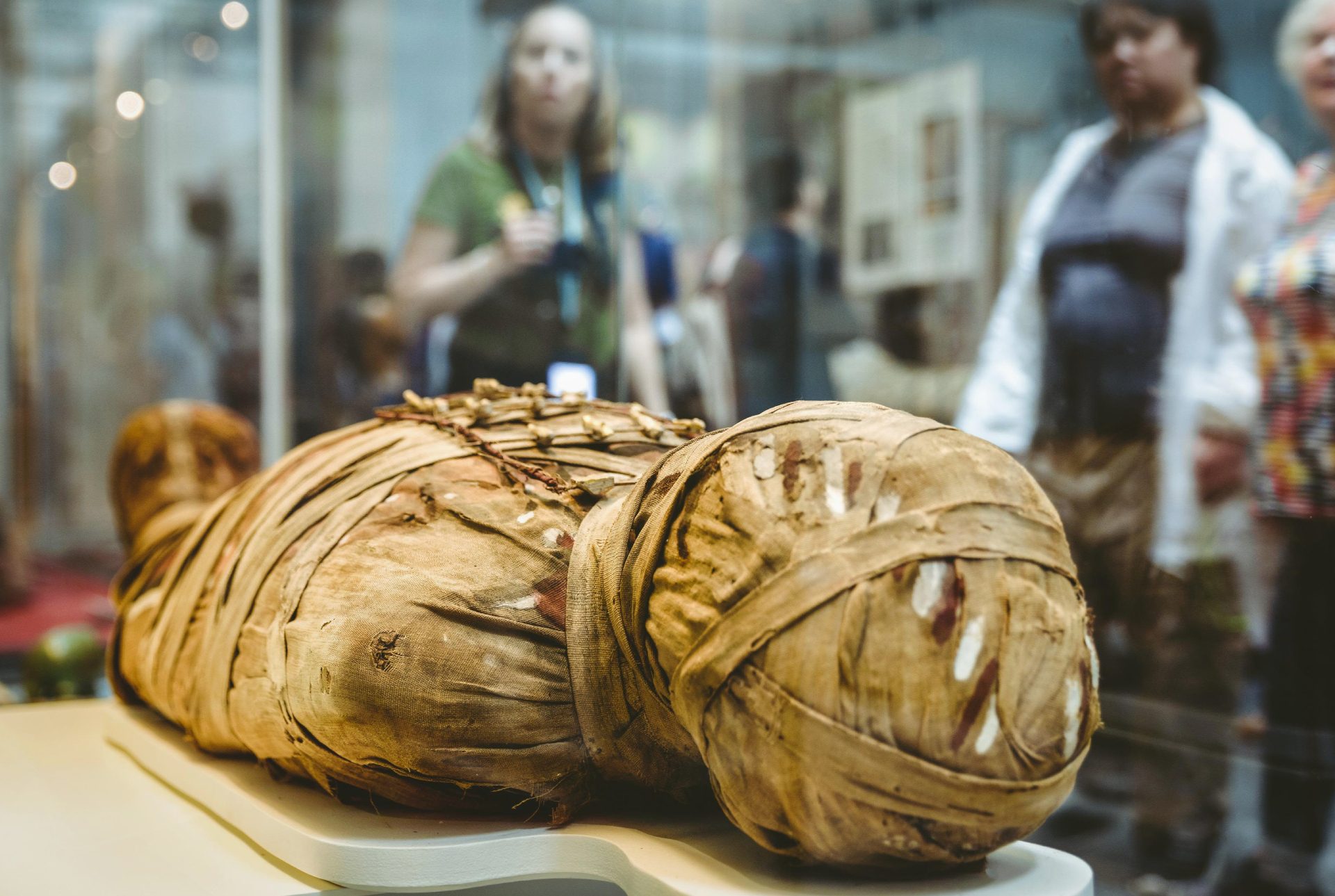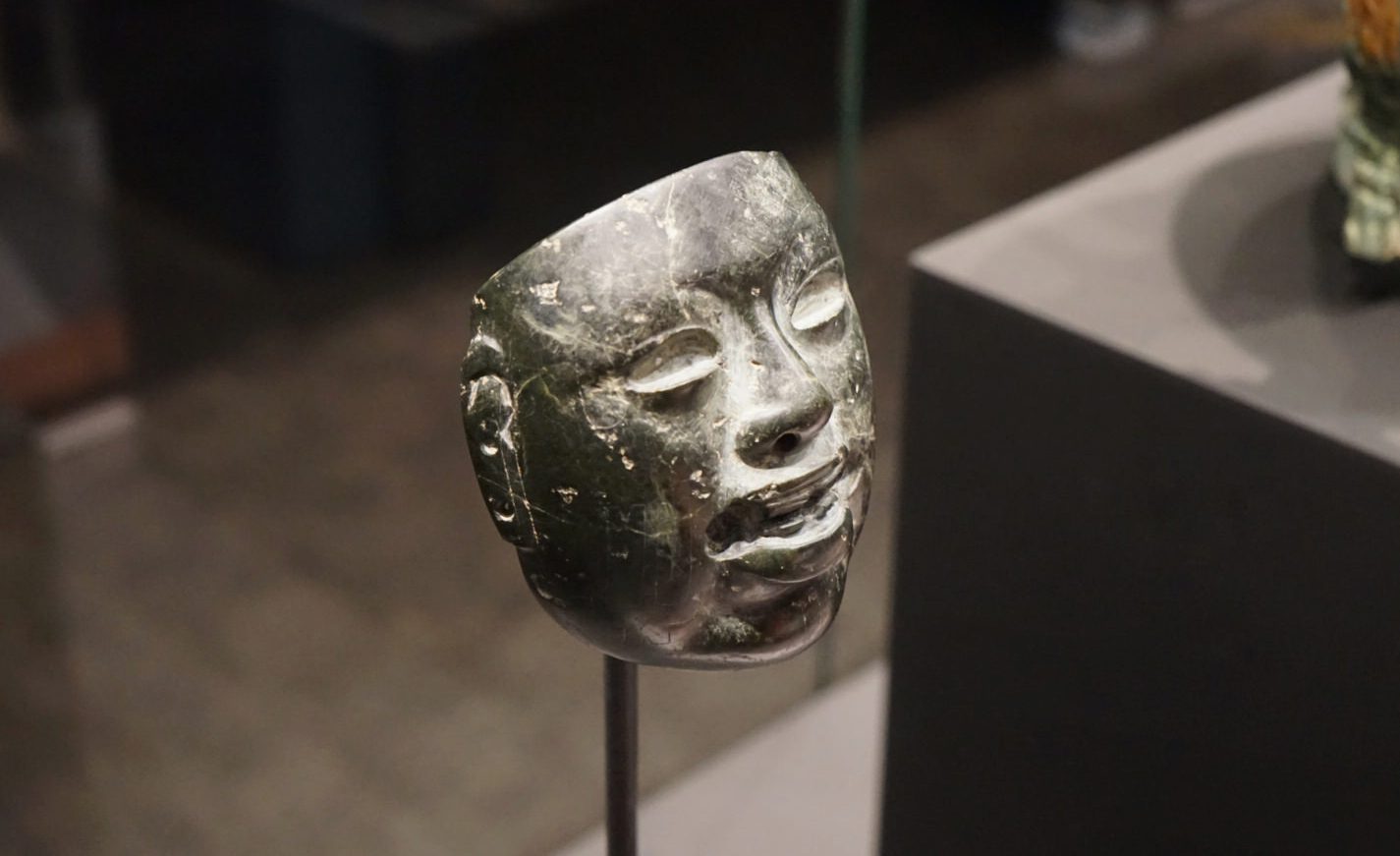The British Museum in London is home to an extraordinary collection of artifacts that span centuries and showcase the diversity of human history. With over 8 million objects in its collection, it can be overwhelming to decide where to start. Whether you’re a history buff, an art enthusiast, or a curious traveler, the museum offers something for everyone. In this article, we’ll guide you through the Top 10 Must-See Artifacts at the British Museum, each one telling a unique story about the past.
Table of Contents 
- 1. The Elgin Marbles
- 2. The Rosetta Stone
- 3. The Egyptian Mummies
- 4. The Assyrian Lion Hunt Reliefs
- 5. The Portland Vase
- 6. The Sutton Hoo Helmet
- 7. The Cyrus Cylinder
- 8. The Lewis Chessmen
- 9. The Easter Island Statues
- 10. The Ancient Mesoamerican Jade Mask
1. The Elgin Marbles 
The Elgin Marbles are a collection of classical Greek marble sculptures, inscriptions, and architectural pieces originally part of the Parthenon and other buildings on the Acropolis of Athens. Acquired by Lord Elgin in the early 19th century, these marbles remain a subject of debate regarding their ownership and cultural significance.

Some notable aspects of the Elgin Marbles include:
- Originally part of the Parthenon and Acropolis structures
- Acquired by Lord Elgin in the early 1800s
- Significant cultural and artistic value
- Subject of ongoing repatriation debates between the UK and Greece
2. The Rosetta Stone 
The Rosetta Stone is one of the most famous artifacts in the British Museum and a key to understanding ancient Egyptian hieroglyphs. Discovered in 1799, this granodiorite stele features a decree written in three scripts: Greek, Demotic, and hieroglyphic, allowing scholars to decode the ancient Egyptian language.

Highlights of the Rosetta Stone include:
- Discovered in 1799 in Rosetta (Rashid), Egypt
- Features inscriptions in Greek, Demotic, and hieroglyphic scripts
- Crucial for deciphering ancient Egyptian hieroglyphs
- A central piece in understanding ancient Egyptian culture
3. The Egyptian Mummies 
The Egyptian Mummies are among the museum’s most visited exhibits. These mummies provide incredible insight into the burial practices, beliefs, and daily life of ancient Egyptians. The British Museum’s collection includes mummies, sarcophagi, and related artifacts that span millennia.

Key highlights of the Egyptian Mummies include:
- Showcases mummies and sarcophagi from ancient Egypt
- Provides insight into burial practices and beliefs
- Includes mummies of different social classes
- Fascinating displays of ancient Egyptian artistry
4. The Assyrian Lion Hunt Reliefs 
The Assyrian Lion Hunt Reliefs are stunning bas-reliefs from the palace of Ashurbanipal, the last great king of Assyria. Dating back to the 7th century BCE, these carvings depict royal lion hunts, showcasing the king’s power and divine favor.
 British Museum, depicting royal hunting scenes.” width=”1920″ height=”1196″ class=”alignnone size-full wp-image-100776″ />
British Museum, depicting royal hunting scenes.” width=”1920″ height=”1196″ class=”alignnone size-full wp-image-100776″ />
Highlights of the Assyrian Lion Hunt Reliefs include:
- Originates from the palace of Ashurbanipal in Nineveh
- Depicts vivid scenes of royal lion hunts
- Created in the 7th century BCE
- A masterpiece of ancient Assyrian art
5. The Portland Vase 
The Portland Vase is a masterpiece of Roman glasswork. Crafted between 5 and 25 AD, this blue-and-white cameo glass vase is believed to depict scenes from Greek mythology. It has inspired many reproductions and remains a symbol of ancient artistry.

Key features of the Portland Vase include:
- Crafted between 5 and 25 AD
- Made of blue-and-white cameo glass
- Depicts scenes from Greek mythology
- An inspiration for glassmakers worldwide
6. The Sutton Hoo Helmet 
The Sutton Hoo Helmet is an iconic artifact from early medieval England. Discovered in a ship burial in Suffolk, this 7th-century helmet is part of the famous Sutton Hoo treasure, which includes weapons, armor, and other items reflecting Anglo-Saxon artistry and culture.

Highlights of the Sutton Hoo Helmet include:
- Discovered in a ship burial in Sutton Hoo, Suffolk
- Dates back to the 7th century
- Part of a rich Anglo-Saxon treasure
- A symbol of early medieval craftsmanship
7. The Cyrus Cylinder 
The Cyrus Cylinder is a clay cylinder from the 6th century BCE, created during the reign of Cyrus the Great. Often referred to as the world’s first declaration of human rights, it details Cyrus’s conquest of Babylon and his policies of religious tolerance and freedom.

Key features of the Cyrus Cylinder include:
- Created in the 6th century BCE during Cyrus the Great’s reign
- Details Cyrus’s conquest of Babylon
- Promotes religious tolerance and freedom
- Considered one of the earliest human rights charters
8. The Lewis Chessmen 
The Lewis Chessmen are a set of intricately carved chess pieces dating back to the 12th century. Discovered on the Isle of Lewis in Scotland, they are made of walrus ivory and represent medieval European craftsmanship.
![]() British Museum, showcasing medieval craftsmanship.” width=”1920″ height=”1202″ class=”alignnone size-full wp-image-100772″ />
British Museum, showcasing medieval craftsmanship.” width=”1920″ height=”1202″ class=”alignnone size-full wp-image-100772″ />
Notable aspects of the Lewis Chessmen include:
- Carved from walrus ivory in the 12th century
- Depict a variety of chess pieces, each with unique features
- Found on the Isle of Lewis in Scotland
- A symbol of medieval European craftsmanship and strategic play
9. The Easter Island Statues 
The Easter Island Statues, or Moai, are among the most famous and mysterious objects in the museum. These stone statues, originally found on Easter Island in the Pacific Ocean, were created by the Rapa Nui people between the 13th and 16th centuries. They represent ancestors and were placed strategically to protect the island’s communities.
![]()
Highlights of the Easter Island Statues include:
- Created by the Rapa Nui people between the 13th and 16th centuries
- Represent ancestors and were placed for spiritual protection
- One of the most iconic and mysterious collections in the museum
- Displayed in the Pacific Islands Gallery
10. The Ancient Mesoamerican Jade Mask 
The Ancient Mesoamerican Jade Mask is a remarkable example of ancient Mesoamerican artistry. This mask, created around 1000 AD by the Maya or other Mesoamerican cultures, was used in ceremonial contexts. The mask is carved from jade and features intricate designs, demonstrating the high value placed on the material and its spiritual significance.

Key features of the Jade Mask include:
- Crafted from jade around 1000 AD
- Used in ceremonial contexts by Mesoamerican cultures
- Symbolizes the importance of jade in Mesoamerican spiritual practices
- One of the finest examples of Mesoamerican art




